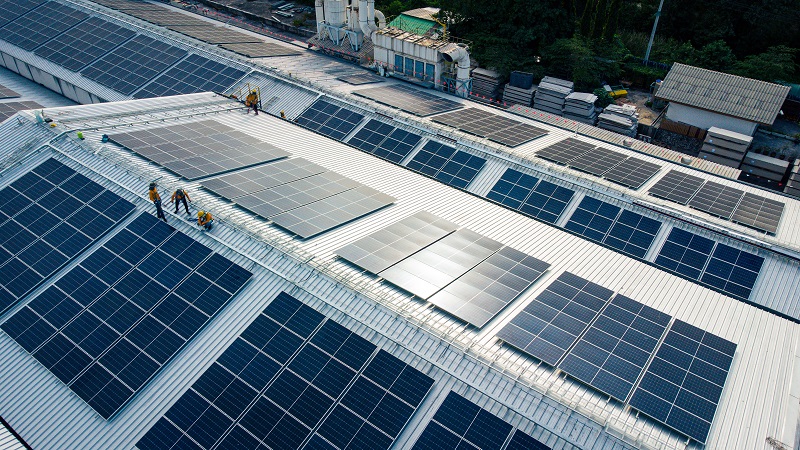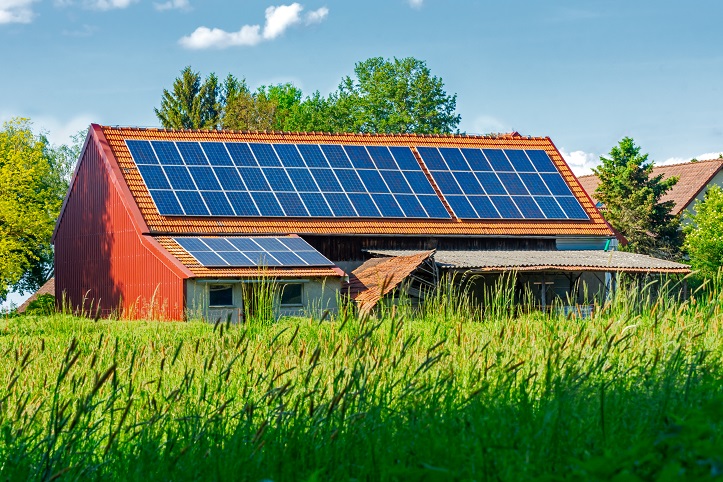How renewables, storage, and smart controls are reinventing grid support
As the global energy transition accelerates, decentralisation and decarbonisation are redefining the way we generate and manage power. Nowhere is this shift more visible than at the edge of the grid, where innovation is thriving. Here, the combination of renewable energy sources, battery energy storage systems (BESS), and intelligent control solutions is transforming how energy is produced, managed and distributed.
DERs as Essential Grid Assets
Distributed Energy Resources (DERs) are no longer just optional add-ons. They are now critical to building a grid that is more resilient, flexible, and sustainable. By generating power locally to where it is used, DERs reduce reliance on distant central plants, minimise transmission losses, lower emissions, and improve energy security. In effect, DER integration boosts grid resiliency and reliability, as local generation and storage can keep critical loads running when centralised systems falter. The flexibility of DERs to operate both grid-tied and in island mode means they can adapt to changing grid conditions, providing support during peak demand or emergencies.
Turning Challenges into Opportunities
DERs transform traditional grid challenges, such as intermittency and bi-directional power flow, into strategic opportunities. Intelligent control systems balance supply and demand in real time, route power where it’s needed most and maintain voltage and frequency within safe limits across a network of DERs. In other words, the very nature of DERs allows dynamic grid support: solar inverters and other smart devices can provide ancillary services (such as frequency regulation or reactive power support) that were once the domain of centralised plants.

Image copyright: © ComAp
Smart Energy Systems as a Key Orchestration Element
To fully harness a diverse mix of distributed resources, utilities and enterprises are deploying smart energy management systems to orchestrate generation, storage and loads. Such systems can forecast production, predict demand and optimally dispatch resources, ensuring that renewable energy and batteries work seamlessly. They handle complex decisions, such as when to charge or discharge batteries, or when to draw from (or export to) the main grid, all in pursuit of maximum efficiency and reliability.

Image copyright: © ComAp
DERs as a Tool for Managing Power Demands
For energy providers, businesses, and communities, the convergence of renewables, storage and intelligent controls can support growing energy demands without relying on new large-scale infrastructure. This transition also demands new ways of thinking about grid planning and operation, with investment shifting toward digital infrastructure to coordinate widely dispersed resources.
